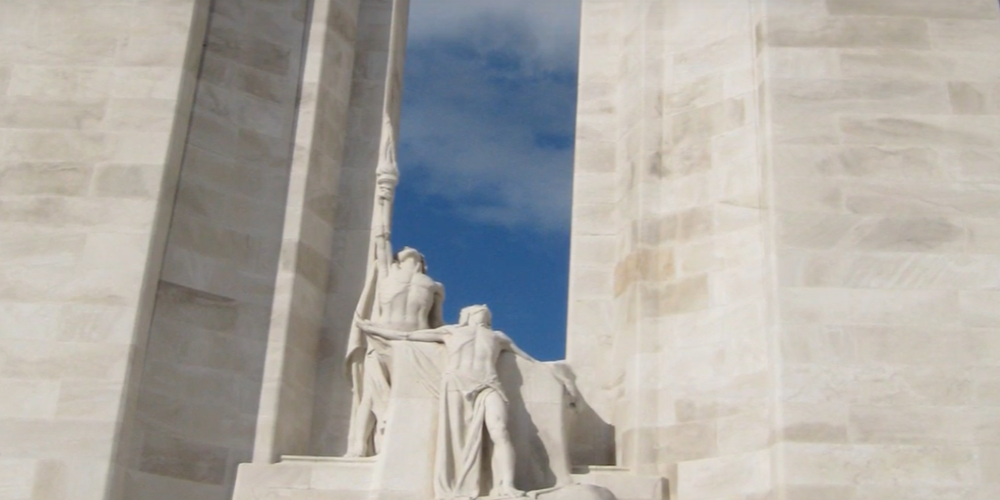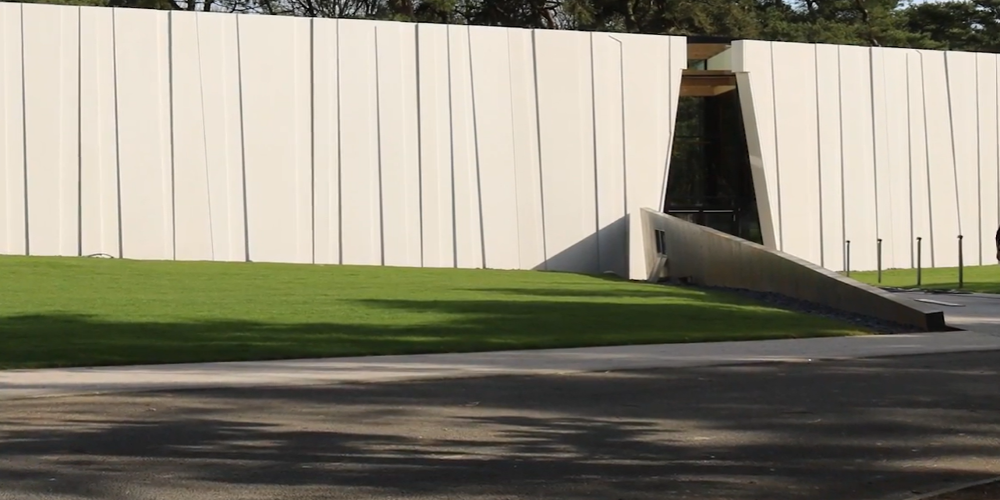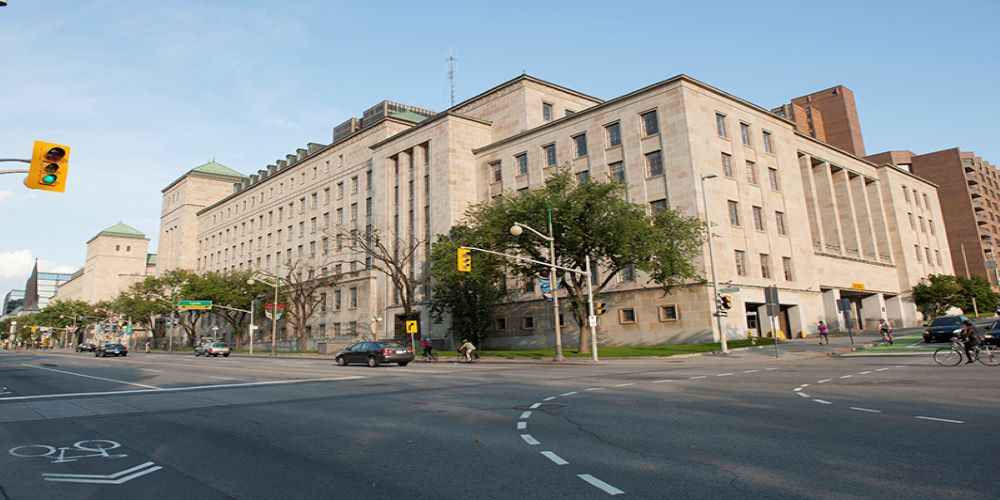Family fame for a Canadian sculptor and his architect son
Walter and Hugh Allward were bound by more than family ties. They shared the distinction of creating legendary landmarks of great significance for Canadians.
They are also connected by the recent efforts of Public Services and Procurement Canada (PSPC) to enhance or renew their key works or the sites on which they stand.
Walter Seymour Allward: The artist behind the Canadian National Vimy Memorial
When the First World War ended, Canada was eager to honour the service and sacrifice of the more than 1 million Canadians who served and the 66,000 who gave their lives during the conflict. A national competition was held to find a monument design for several memorial sites in Europe. Sculptor Walter Allward’s design stood out from 160 entries. Though too large for multiple sites, it was selected for the crest of Vimy Ridge in France, the location of one of Canada’s most celebrated but costly victories during the war.
Allward’s vision, artistry and experience building other public monuments served him well during the construction of the massive monument at Vimy Ridge between 1925 and 1936.


The result is a breathtaking tribute in stone, weighing over 50,000 tonnes and featuring 16 exquisite sculptures and a pair of 30-metre pillars representing Canada and France. It also bears the names of over 11,000 Canadians who died in France with no known graves.

Allward’s work was instantly called a masterpiece and has since attracted hundreds of thousands of visitors per year. Until 2017, the site lacked a permanent visitor centre to recount the history of Canada’s involvement in the war. PSPC supported Veterans Affairs Canada and partners with the design and construction of the Vimy Visitor Education Centre and the We Will Remember exhibit. The project team complemented Allward’s majestic monument by creating a quiet and simple structure to house the visitor centre.
Hugh Lachlan Allward: Architect of historic Ottawa buildings
There’s no doubt that Hugh Allward inherited many of his father’s gifts. He showed an early aptitude for architecture and received a formal education in the field. In 1935, Allward embarked on a business venture with architect George Roper Gouinlock. The newly minted firm of Allward & Gouinlock soon rose to prominence and won global acclaim for its modern building designs, such as Toronto’s Sunnybrook Hospital. By 1945, the firm had earned the opportunity to deliver one of its most meaningful projects yet.
To honour Canada’s Second World War veterans and provide space in Ottawa for the growing Department of Veterans Affairs, work began in 1949 on what were then called the Veterans Memorial Buildings, which were based on designs by Allward & Gouinlock.

Construction of the East Memorial Building was completed in 1954. It is linked by the Memorial Colonnade to the West Memorial Building, built between 1954 and 1958. Each occupies a full city block and boasts modern-classical features that are in harmony with the nearby Parliament Hill complex. The East and West Memorial Buildings, as they are called today, have also been designated as Classified Federal Heritage Buildings due to their historic and architectural value.
PSPC is now delivering a project to rehabilitate the West Memorial Building for government use. This project will modernize the structure while conserving its heritage characteristics. The new building plans have already been recognized, by a certificate of achievement in green design, for advancing the government’s sustainability goals.


Walter and Hugh Allward left Canada a notable legacy, and PSPC is proud to be part of the future of their creations, which live on past their creators and continue to serve Canadians.
Visit Our stories for more articles about PSPC people, projects and initiatives.